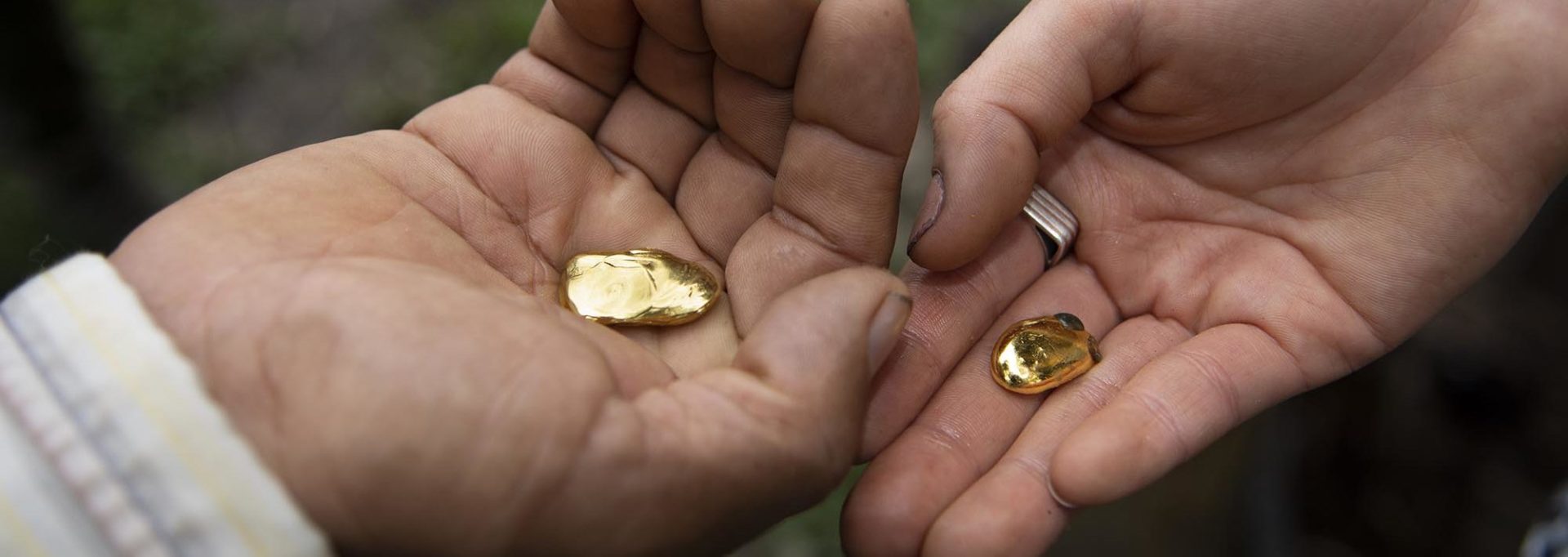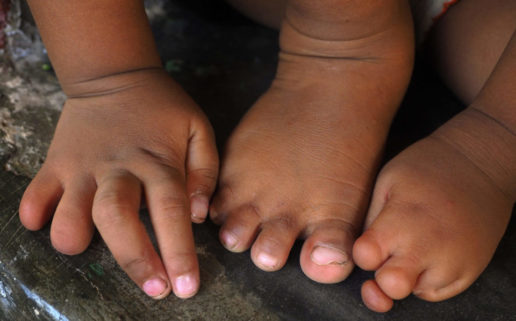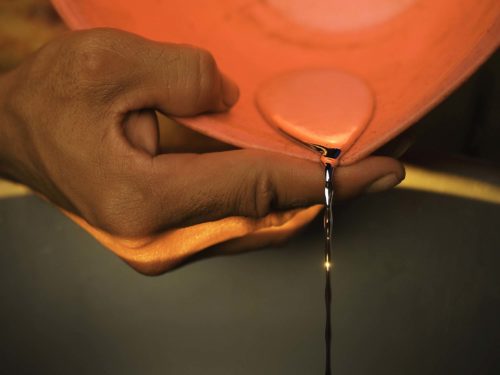Understanding The Problem: Mercury Poisoning and Exposure
Mercury is a toxic heavy metal and one of the top ten chemicals of major public health concern, according to the World Health Organization. Pure Earth estimates that 19 million people are at risk for exposure to mercury globally.
Mercury poisoning can cause damage to the nervous, digestive, and immune systems, as well as the lungs, kidneys, skin, and eyes. Mercury is particularly dangerous to young children, babies in utero, and pregnant women. The mercury released into the environment knows no borders and contaminates rivers and oceans, fish and other marine animals, and eventually the global food chain.
Pure Earth’s Toxic Sites Identification Program has identified and assessed over 500 sites around the world where exposure to mercury threatens the health of the population.
Photo: Larry C. Price
Severe mercury poisoning can result in limb deformities.
Toxic Gold:
Mercury Poisoning and Artisanal Gold Mining
This video explains why and how small-scale gold miners use mercury
The Impact: Mercury Poisoning from Artisanal and Small-Scale Gold Mining
Up to 20% of the world’s gold comes from artisanal and small-scale gold mining (ASGM) which is responsible for the release of an estimated 1,000 tons of mercury annually, representing about 30% of the world’s anthropogenic mercury releases, according to United Nations Industrial Development Organization (UNIDO). As much as 95% of all mercury used in ASGM mining is released into the environment. Once released, mercury travels around the world, dropping into oceans and rivers, contaminating the seafood we all consume.
Photo: Mercury contaminates seafood consumed around the world. Pregnant women, in particular, are often warned to limit their intake.




